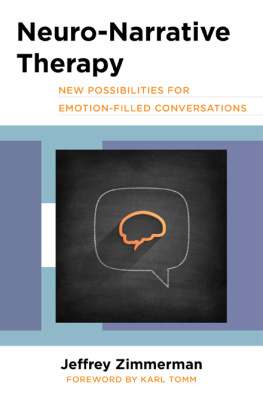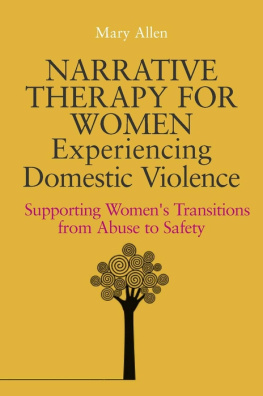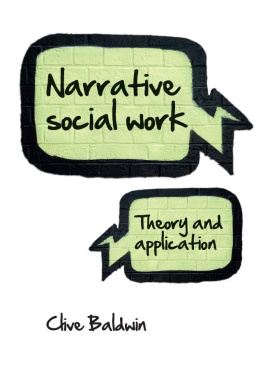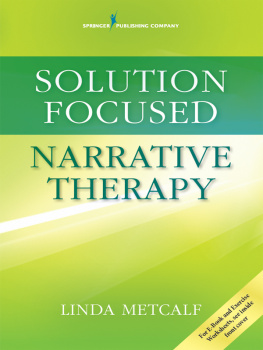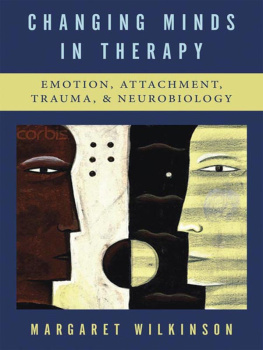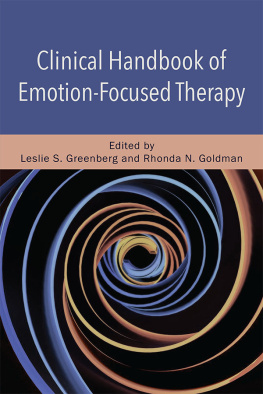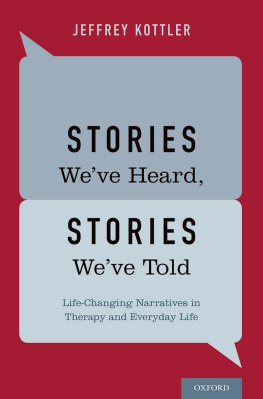Jeffrey Zimmerman - Neuro-Narrative Therapy: New Possibilities for Emotion-Filled Conversations
Here you can read online Jeffrey Zimmerman - Neuro-Narrative Therapy: New Possibilities for Emotion-Filled Conversations full text of the book (entire story) in english for free. Download pdf and epub, get meaning, cover and reviews about this ebook. year: 2018, publisher: W. W. Norton & Company, genre: Religion. Description of the work, (preface) as well as reviews are available. Best literature library LitArk.com created for fans of good reading and offers a wide selection of genres:
Romance novel
Science fiction
Adventure
Detective
Science
History
Home and family
Prose
Art
Politics
Computer
Non-fiction
Religion
Business
Children
Humor
Choose a favorite category and find really read worthwhile books. Enjoy immersion in the world of imagination, feel the emotions of the characters or learn something new for yourself, make an fascinating discovery.
- Book:Neuro-Narrative Therapy: New Possibilities for Emotion-Filled Conversations
- Author:
- Publisher:W. W. Norton & Company
- Genre:
- Year:2018
- Rating:5 / 5
- Favourites:Add to favourites
- Your mark:
Neuro-Narrative Therapy: New Possibilities for Emotion-Filled Conversations: summary, description and annotation
We offer to read an annotation, description, summary or preface (depends on what the author of the book "Neuro-Narrative Therapy: New Possibilities for Emotion-Filled Conversations" wrote himself). If you haven't found the necessary information about the book — write in the comments, we will try to find it.
Bringing interpersonal neurobiology and narrative therapy together.
Narrative therapy understands storytelling as the way we make sense of ourselves and life experience. Many non-narrative therapists have expressed great admiration and interests in the politics the work exposes, the way it brings in the socio-political context, and the way it centers clients. Yet despite its popularity and success as a useful therapeutic approach, Narrative Therapy has been criticized as minimizing and failing to develop any extended discussion of something vital to our lives: emotion.
Neuro-Narrative Therapy attempts to redress this problem by taking us first through standard Narrative practices, and then showing how and where affect can be brought in and even privileged in the work.
After situating the evolution of Narrative Therapy in its historical context, the book provides information about why emotions should be given an important place in the work. Specifically, it brings ideas and implications of some of the most exciting and novel theoriesinterpersonal neurobiology and affective neuroscienceto the practice of Narrative Therapy.
Readers will learn about the growing emphasis on the right brain, and how an understanding of the ways in which emotion and affect are manifested by the brain can help us help our clients. The possibilities for this new approach are many: a freer discussion of the emotional side of your clients; an understanding and sensitivity to the relation of body and mind; attention to how the therapeutic relationship of our clients can become a resource in treatment and a renewed understanding of how our memoriesand thus our stories about our livesdevelop in early childhood and beyond.
For any therapist working in the area of Narrative Therapy, and for any interested in the emerging understandings that science is bringing to appreciating how our brains develop with and among each other, this book has something to offer. Combining the neuro- and the narrative, as Jeffrey Zimmerman has done here, will create a new direction in Narrative Therapy, one in which our brain and body work together, inviting a more direct and effective engagement with clients.
Jeffrey Zimmerman: author's other books
Who wrote Neuro-Narrative Therapy: New Possibilities for Emotion-Filled Conversations? Find out the surname, the name of the author of the book and a list of all author's works by series.

